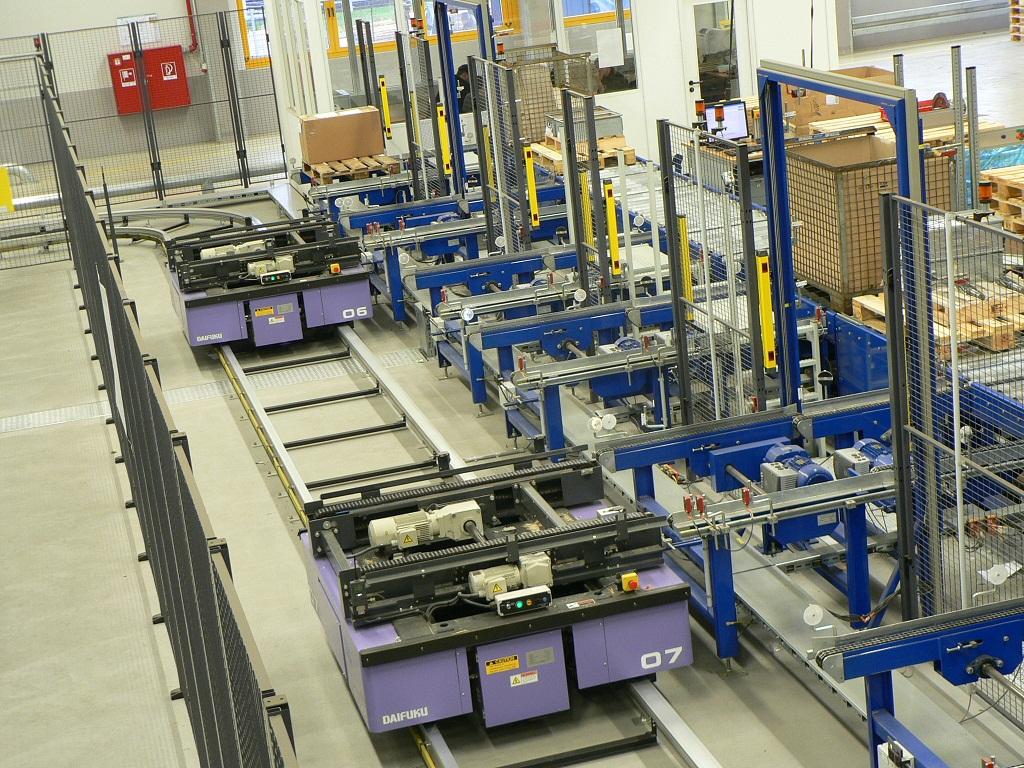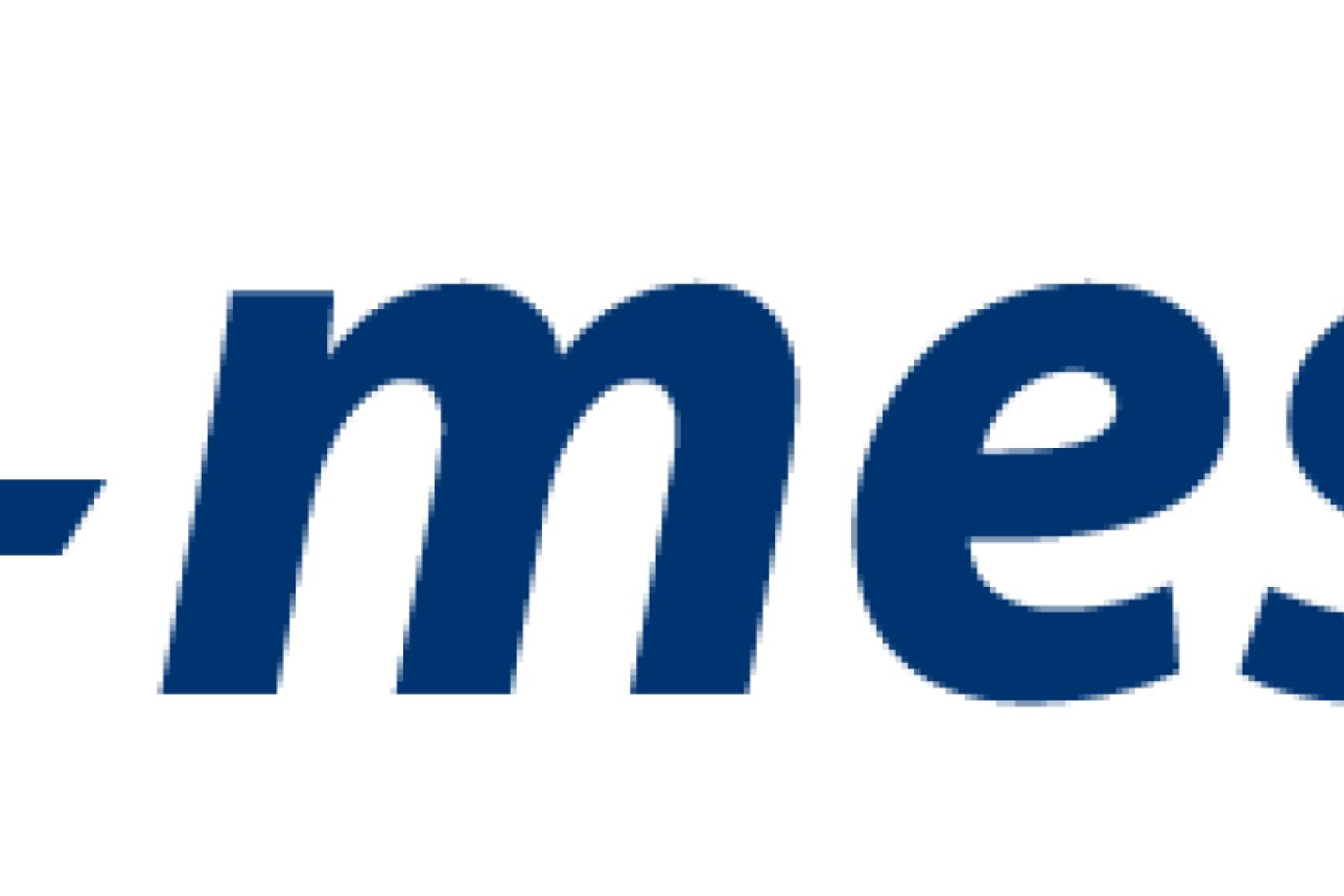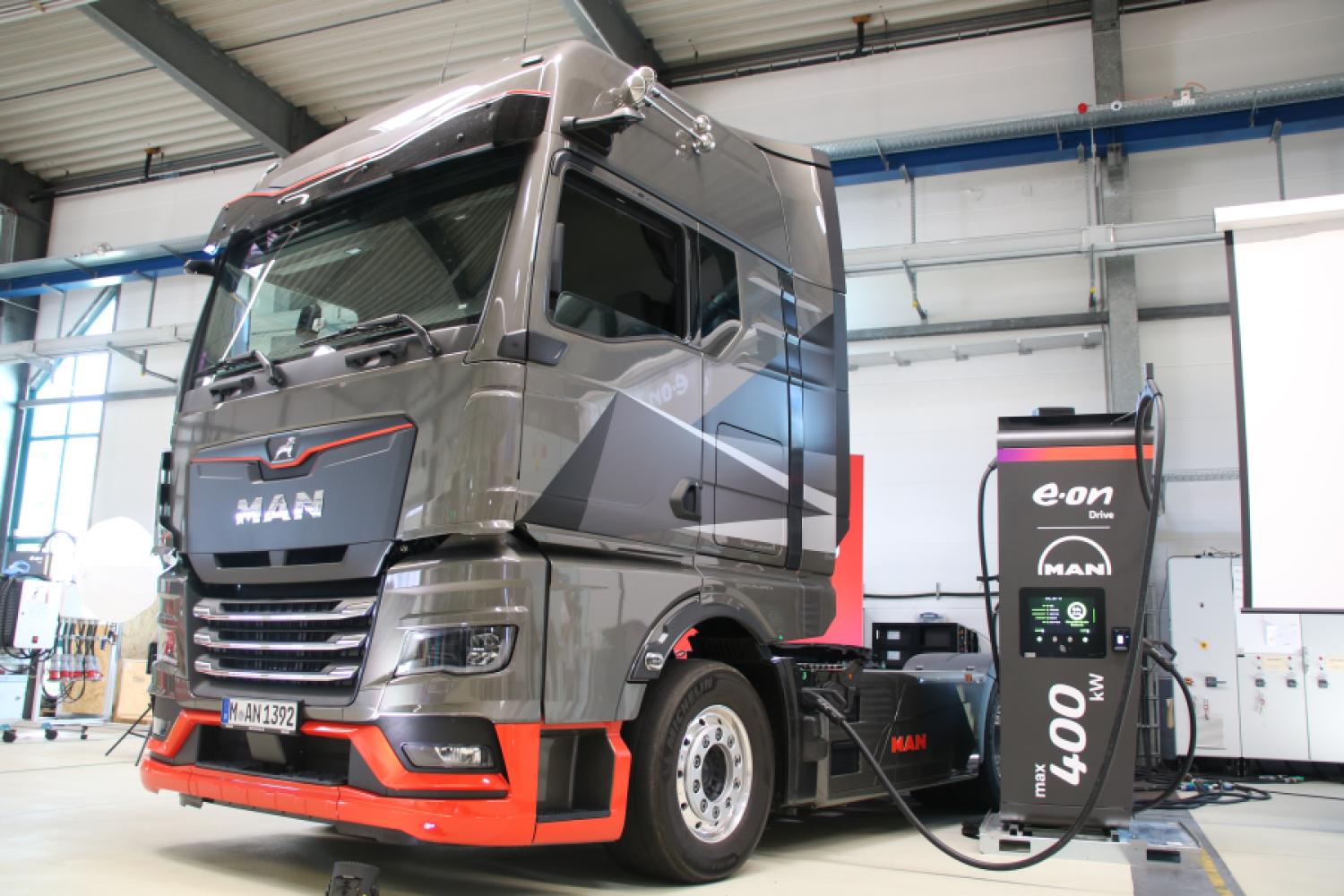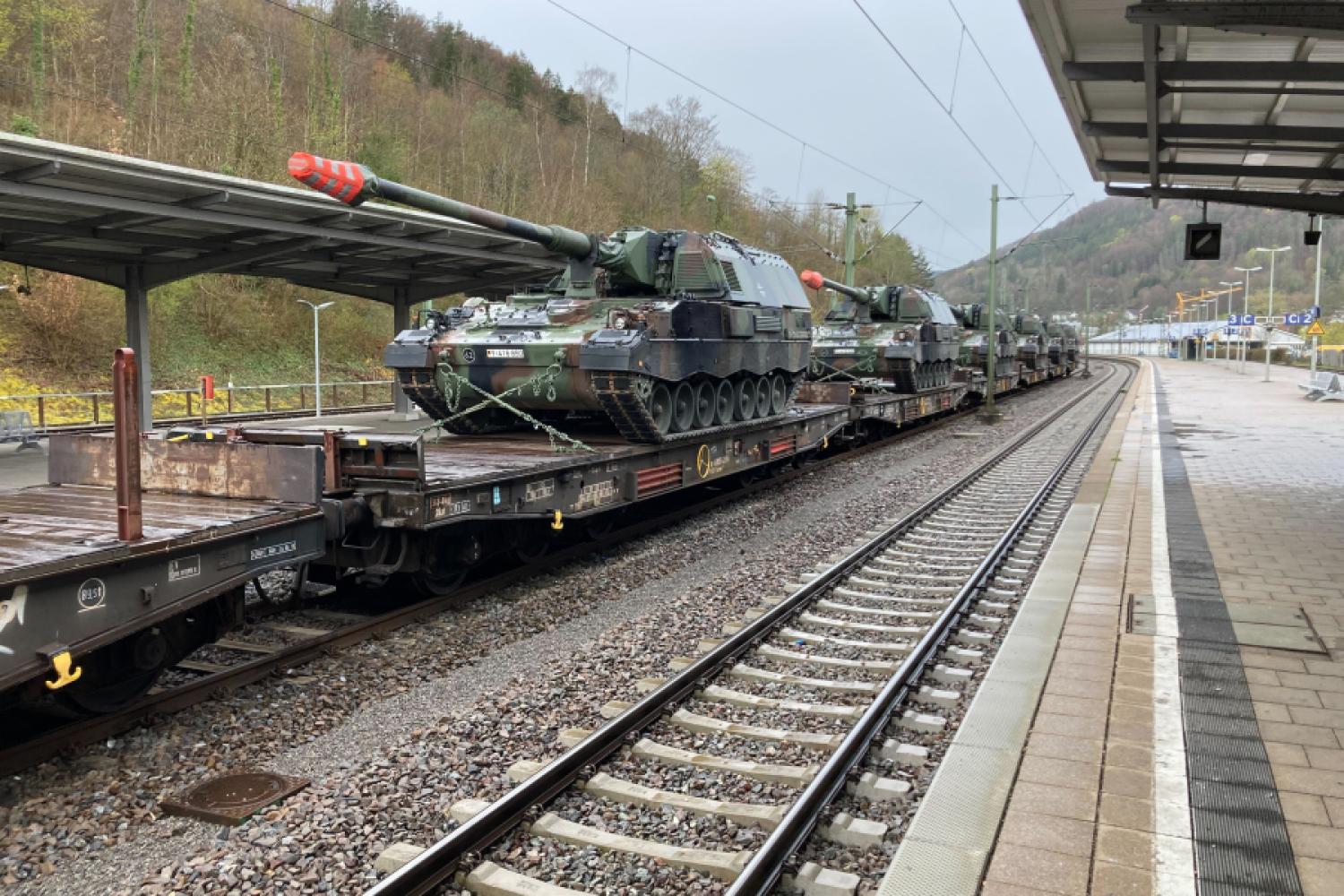The company Sysmat GmbH from Mainhausen points out that in many medium-sized companies, the optimization of intralogistics has been postponed because concrete approaches or resources are often lacking. Digital material flow analyses offer a pragmatic approach in this context to identify previously unused efficiency potentials in warehouse operations, according to the provider and developer of graphical material flow computers for automated systems, automatic warehouses, and production lines.
Based on real data, existing processes can be reviewed and specifically adjusted to increase process security and improve time and cost factors.
“A data-based view of the internal material flow reveals
hidden potentials. In many warehouses, inefficient routes, double movements, or unnecessary empty runs occur daily—often without anyone noticing,” said Rainer Schulz, Managing Director of the company and expert in warehouse optimization.
Digital material flow analyses uncover such weaknesses and provide concrete starting points for improvements.
"This often leads to surprising insights. Avoidable transport routes are not uncommon, as is the aspect that simple layout adjustments can lead to significant productivity increases," said Schulz.
In general, no additional investments in technology or new systems are required. Data analysis provides the foundation, and visualization through a graphical material flow computer
offers the starting point for informed decisions.
Using modern tracking technologies and corresponding software solutions, material flows can be recorded in real time. The subsequent graphical preparation provides insights into transport routes, idle times, relocations, and buffer zones. In many cases, previously undiscovered optimization possibilities become apparent. These include the redesign of storage zones, adjustments to picking routes, or the targeted use of automated transport systems. Such measures can often be implemented without major investments in new system technology.
Quick Implementability and Adequate Economic Efficiency
Unlike large companies, medium-sized businesses focus on aspects such as quick implementability, adequate
economic efficiency, and a rapid return on investment in such optimization projects. Digital material flow analyses offer a practical foundation: They provide reliable data for concrete adjustments, creating a basis for targeted improvement measures.
“With a comparatively low effort, individual optimization potentials can be made visible. Especially in times of uncertain markets, efficiency in the warehouse is a decisive competitive factor,” said the expert.
In many cases, such an analysis forms the entry point into further digitization and automation of warehouse processes. Companies can thus achieve not only short-term effects but also secure their competitiveness in the medium






